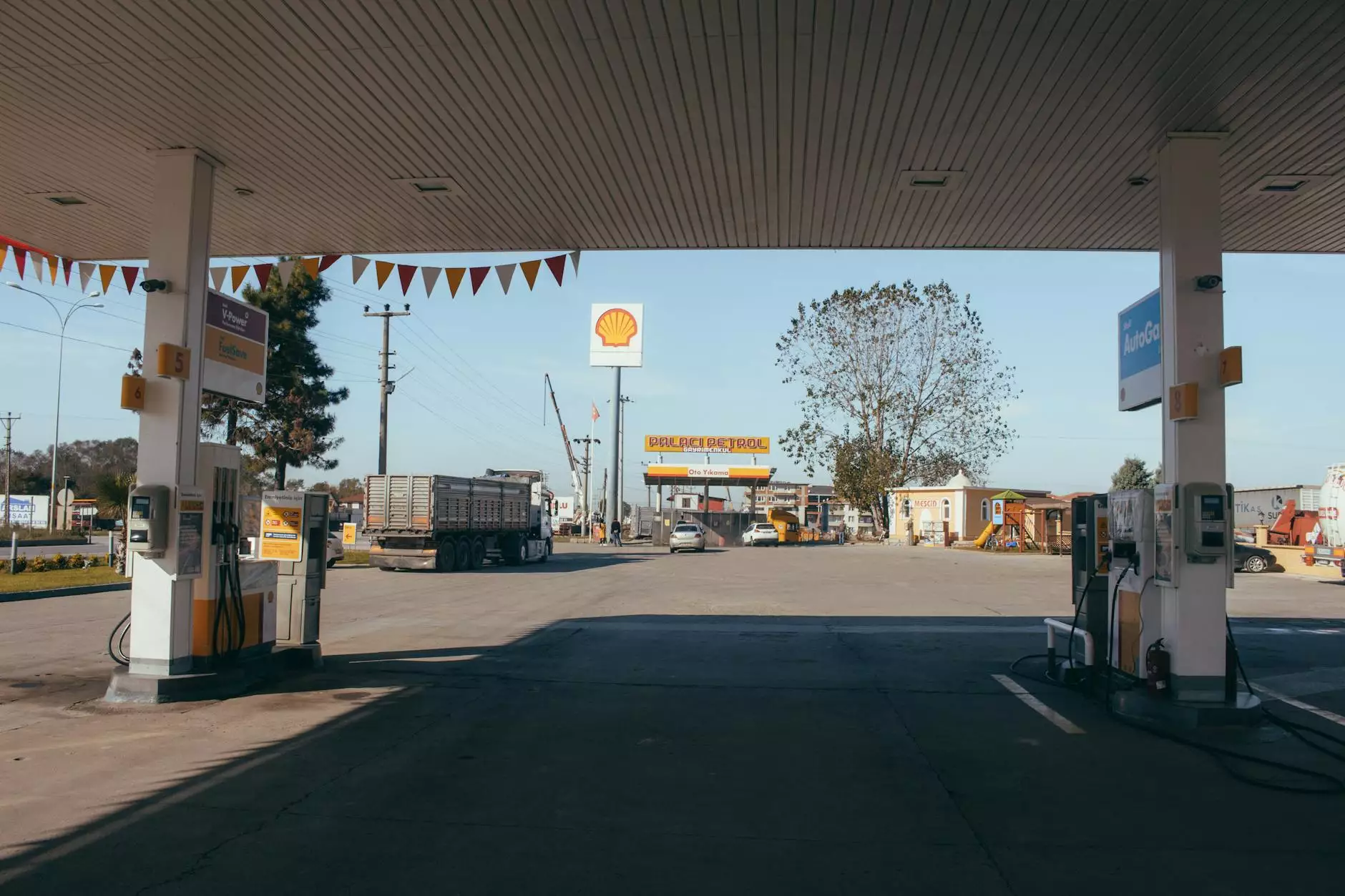Brazil Climate Zones: A Comprehensive Guide

Introduction
Brazil, the largest country in South America, is renowned for its diverse geography and stunning landscapes. From mighty rainforests to breathtaking beaches, Brazil offers a wide range of natural wonders. One of the fascinating aspects of Brazil is its unique climate zones. In this comprehensive guide, Climate Real Talk will take you on a journey through these diverse climate regions and help you understand their distinctive characteristics.
The Equator Effect
Brazil's location near the equator plays a significant role in shaping its climate zones. As a result, the country experiences a predominantly tropical climate, with variations based on factors such as elevation, proximity to the coast, and regional geography.
The Amazon Rainforest: A Tropical Delight
The Amazon rainforest, often referred to as the "lungs of the Earth," is a world-renowned natural treasure. This expansive region is characterized by its hot and humid climate throughout the year, with ample rainfall. With lush vegetation, abundant wildlife, and a complex ecosystem, the Amazon rainforest is a paradise for nature enthusiasts.
Manaus - Gateway to the Amazon
Located in the heart of the Amazon rainforest, the city of Manaus showcases the true essence of Amazonian climate. The temperature remains consistently high, with average highs ranging between 85°F to 95°F (29°C to 35°C) throughout the year. Daily rainfall is common, and the humidity levels are relatively high, creating a truly tropical experience.
The Pantanal: Wetlands and Wildlife
The Pantanal, the world's largest tropical wetland, is a biodiversity hotspot renowned for its rich ecosystem and abundant wildlife. This region experiences a transitional climate between the Amazon rainforest and the drier regions of Brazil.
Cuiabá - Gateway to the Pantanal
Cuiabá, the capital of the Mato Grosso state, is often considered the gateway to the Pantanal. The city experiences a tropical wet and dry climate, with a distinct wet season from November to March and a drier season from April to October. The average temperatures range from 79°F to 95°F (26°C to 35°C), making it an ideal destination for wildlife enthusiasts.
The Atlantic Coast: Beaches and Breezes
Brazil's vast coastline stretches along the Atlantic Ocean, offering beautiful sandy beaches and a refreshing sea breeze. The climate along the coast varies from tropical to subtropical, influenced by ocean currents and geographic features.
Rio de Janeiro - Marvelous City
The vibrant city of Rio de Janeiro is a gem on Brazil's coast. Its tropical savanna climate ensures warm temperatures throughout the year, with average highs ranging from 77°F to 95°F (25°C to 35°C). The city is known for its stunning beaches, including the iconic Copacabana and Ipanema, where visitors can enjoy a combination of sun, sea, and vibrant city life.
The South: Four Seasons in One
As we move southward in Brazil, we encounter a climate that is distinctly different from the tropical regions. The southern part of Brazil experiences a subtropical and temperate climate, characterized by four distinct seasons.
Porto Alegre - Gateway to the South
Porto Alegre, the capital of Rio Grande do Sul, is an important city in southern Brazil and acts as a gateway to this region. The city experiences a humid subtropical climate, with warm summers and mild winters. Average temperatures range from 61°F to 80°F (16°C to 27°C), making it a pleasant destination for those looking to escape the heat of the tropical zones.
The Central-West: Savannas and Plateaus
The central-west region of Brazil encompasses vast tropical savannas and mesmerizing plateaus. It experiences a transitional climate between the tropical north and the drier regions of the south.
Brasília - The Capital
Brasília, the capital of Brazil, is situated in the central-west region. The city has a tropical savanna climate, featuring a dry winter season and a rainy summer season. Average temperatures range from 68°F to 86°F (20°C to 30°C), creating a pleasant environment for the city's residents and visitors.
The Northeast: Sun, Sand, and Samba
The northeastern region of Brazil is famous for its stunning beaches, vibrant culture, and festive atmosphere. This region experiences a tropical climate, with variations based on latitude and geographical features.
Fortaleza - The Sunshine City
Fortaleza, located in the state of Ceará, is a major coastal city in northeastern Brazil. With a tropical climate, Fortaleza offers warm temperatures year-round, ranging from 77°F to 95°F (25°C to 35°C). Its picturesque beaches, such as Praia do Futuro, attract both locals and tourists seeking sun, sand, and samba.
Conclusion
Brazil's climate zones offer a diverse range of environments, each with its own unique charm. From the lush rainforests to the coastal paradise and the four seasons experienced in the south, Brazil truly has something for everyone. Whether you are a nature lover, beach enthusiast, or cultural explorer, this incredible country is sure to delight. Let Climate Real Talk be your guide as you explore the magnificent climate zones of Brazil.
brazil climate zones








